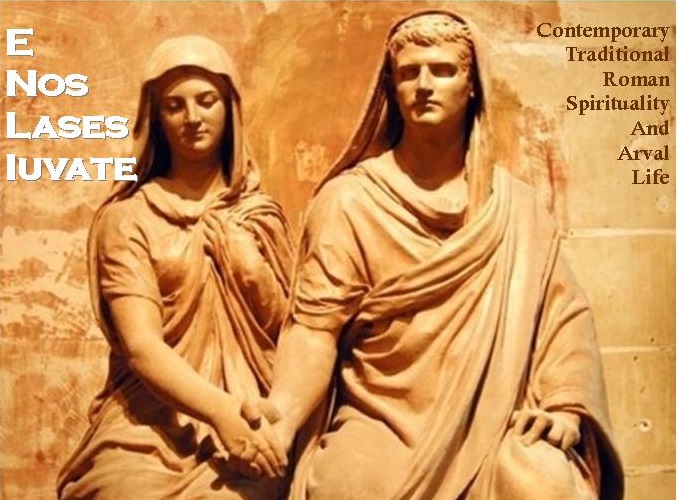Stupidity and ignorance always are bound together. When one does not understand the value and the meaning of the reality, surely he/she will make very stupid actions.
Hiding a statue just because it may offend the decency of someone is a stupid decision driven by ignorance. The recent case of the cover over the Capitoline Venus, a solution precisely
adopted to defend the decency of a foreign guest officially visiting Rome, offers a clear example of the micidial mix between stupidity and ignorance.
First of all, ignorance has convinced someone that a masterpiece may be considered as a pornographic image. The statue of Venus is therfore "pornography", a pornography which can be accepted in certain circumstances but not in others. Who took this decision has not seen then the masterpeice per se, but only an obscene work.
But things are even worse. As I wrote in a specific post , the nudity of Venus (because this is what we are talking about) has
nothing to do with obscenity or sexuality in a profane sense. Those
who have minimal knowledge of the Traditional Roman Spirituality, clearly know
the complex symbolism that is described by the nudity of Venus. Again ignorance played a bad joke thus driving someone to take a stupid decision.
Of course I do not pretend that certain things are well known to all. The awareness of the value and meaning of art, this is what one should at least expect.
Many are therefore rather offended and outraged for this.
I
would just say that only one person should fell really offended for this foolish decision, that is the foreign guest who has been considered like a fool ignorant unable to
recognize and evaluate, in a serene and mature way, the meaning of a work of
art. Moreover this man could have maybe some
knowledge about ancient symbology...
As a cultor, I'm rather satisfied of this farce because I can note that the
Traditional Ancient Spirituality, through its expressions, is still a
very powerful force, still capable to seriously generate worries and concerns in the
minds of the "monotheists", who, in occasions like this , prove again and again their ignorance, stupidity and structural inclination to
profanity and the cultural and psychological immaturity.
A statue of a great Goddess, as Venus, is still capable of disturbing: in this lies her power. Her presence still worries, likewise centuries ago when zealous Christians run everywhere to
destroy temples and statues (by the way like in Palmyra today).
Any further comment is superfluous.


